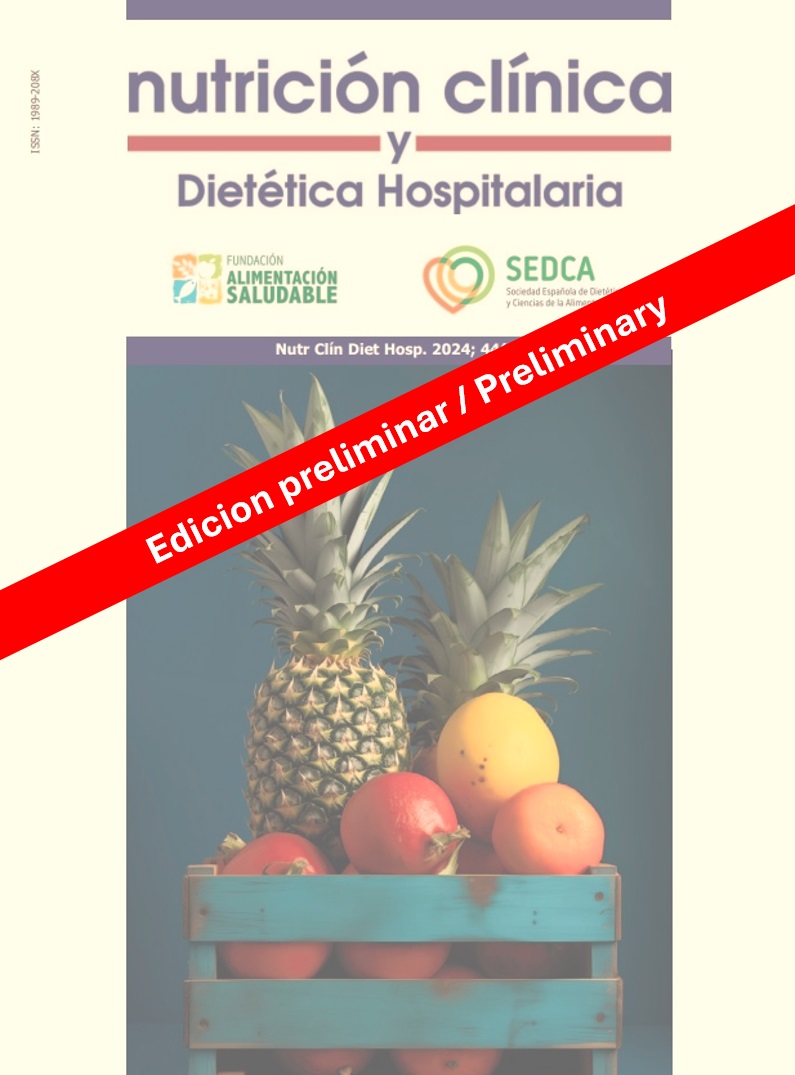Determinants of children’s nutritional status in rural and urban areas of West Java, Indonesia
DOI:
https://doi.org/10.12873/452ali-khomsanKeywords:
children, nutrients intake, nutritional statusAbstract
Introduction: Children’s nutritional status is a vital indicator of public health and national development. Sufficient nutrition during early childhood is crucial for supporting physical growth, neural development, and cognitive performance. A well-nourished population serves as the foundation of a productive workforce, contributing significantly to a nation’s sustainable economic growth. Maternal education plays a crucial role in determining children’s nutritional status, alongside the quality and adequacy of children’s dietary intake.
Objectives: This study primarily aims to identify nutrients intake, nutritional status, and determinants of children’s nutritional status in both rural and urban areas of West Java, Indonesia.
Methods: This research employed a cross-sectional design, involving a sample of 150 households with children under five in rural areas (Cianjur Regency) and 150 households in urban areas (Sukabumi City), both located in West Java. This study collected primary data from interviews using questionnaires and anthropometric measurements.
Results: The adequacy level of energy and fat is almost 100%. Adequacy levels of protein is above 100% or have far exceeded their needs. All of the micronutrients did not meet the adequacy. As many as 19% of children were underweight (18.6% in rural and 19.4% in urban), 4.3% wasting (2.7% in rural and 6.0% in urban), and 32% stunting (33.4% in rural and 30.7% in urban). The prevalence of children at risk of being overweight in urban areas was 8.7% and in rural areas was 6.7%. The determinant of children’s nutritional status was mother’s education.
Conclusion: All of micronutrients did not meet the adequacy in both rural and urban areas. The results of this study indicate that prevalence of chronic malnutrition was still high in both rural and urban areas. Mother’s education was the determinant factor of children nutritional status.
References
REFERENCES
Kennedy E, Peters P. Household food security and child nutrition: the interaction of income and gender of household head. World Development. 1992;20(8), 1077–1085
Gitungwa H, Gustafson CR, Jimenez EY, Peterson EW, Mwanzalila M, Makweta A, Komba E, Kazwala RR, Mazet JAK, VanWormer E. Female and male-controlled livestock holdings impact pastoralist food security and women’s dietary diversity. One Health Outlook. 2021;3(1), 1–13
Harris-Fry H, Azad K, Kuddus A, Shaha S, Nahar B, Hossen M, Younes L, Costello A, Fottrell E. Socio-economic determinants of household food security and women’s dietary diversity in rural Bangladesh: a cross-sectional study. Journal of Health, Population and Nutrition. 2015;33(1), 1–12
Tam E, Keats E, Rind F, Das J, Bhutta Z. Micronutrient Supplementation and Fortification Interventions on Health and Development Outcomes among Children Under-Five in Low- and Middle-Income Countries: A Systematic Review and Meta-Analysis. Nutrients. 2020;12(2), 289
Kanellopoulos AK, Costello SE, Mainardi F, Koshibu K, Deoni S, Schneider N. Dynamic Interplay between Social Brain Development and Nutrient Intake in Young Children. Nutrients. 2023;15(17), 3754
Setyaningsih P. The Effectiveness of Egg Protein to Malnutrition Recovery in Toddler. Science journal. 2016;3(4), 209-215.
Siringoringo ET, Syauqy A, Panunggal B, Purwanti R, Widyastuti N. Family Characteristics and Nutrient Intake Adequacy as Risk Factors for Stunting in Toddlers. Journal of Nutrition College. 2020;9(1), 54–62
Djali M, Deliana Y, Lembong E, Yarlina VP. Enhancing Nutritional Intake and Food Safety to Strengthen Immunity During the COVID-19 Pandemic. Jurnal Kajian Budaya Dan Humaniora. 2022;4(2), 215– 222
[BKP] Food Security Agency. Food Security Index 2019. http://badanpangan.pertanian.go.id .
Gibson RS. Principles of Nutritional Assessment: 3rd Edition. 2024
[FAO] Food and Agriculture Organization of the United Nations. Guidelines for measuring household and individual dietary diversity. https://www.fao.org/3/i1983e/i1983e00.pdf
Permaesih D, Rosmalina Y. Food Diversity for School Children's Breakfast in Indonesia. Gizi Indonesia. 2017;39(1), 25–36
Ramos-Padilla P, Villanueva-Espinoza ME, Vilchez-Perales C, Cárdenas-Quintana H. Hemoglobin Levels and Anthropometric Nutritional Status: Height Prediction Equation for Ecuadorian Children Under Five Years Old. Nutrición clínica y dietética hospitalaria. 2020;40(3), 132-138
Almatsier S. Fundamental Principles of Nutrition Science. 2010. Jakarta: Gramedia
Astuti DK, & Sumarmi S. Dietary Diversity in Stunted Toddlers in Rural and Urban Areas of Probolinggo Regency. Media Gizi Indonesia. 2020;15(1), 14–21
National Bureau of Statistics (NBS) and ICF Macro. Tanzania demographic and health survey 2010.
Abdulla MM. Assessment and determinants of nutritional status in a sample of under five-year-old Iraqi children. Eur J Biol Med Sci Res. 2016;4(4), 1-24.
[MoH] Ministry of Health of Republic Indonesia. Indonesia Nutrition Status Surveillance Report 2021. https://www.litbang.kemkes.go.id/buku-saku-hasil-studi-status-gizi-indonesia-ssgi-tahun-2021/
Huayllani Flores LM, Cabrera Osorio RA, Matos Knutzen DC. Association of childhood nutritional status and the nutritional condition of the mother in a rural population. Nutrición Clínica y Dietética Hospitalaria. 2024;44(3), 13-21.
Prasetyo YB, Permatasari P, Susanti HD. The effect of mothers’ nutritional education and knowledge on children’s nutritional status: a systematic review. International Journal of Child Care and Education Policy. 2023;17(1), 1-16.
Downloads
Published
License
Copyright (c) 2025 Nutrición Clínica y Dietética Hospitalaria

This work is licensed under a Creative Commons Attribution-NonCommercial-NoDerivatives 4.0 International License.
Los lectores pueden utilizar los textos publicados de acuerdo con la definición BOAI (Budapest Open Access Initiative)



